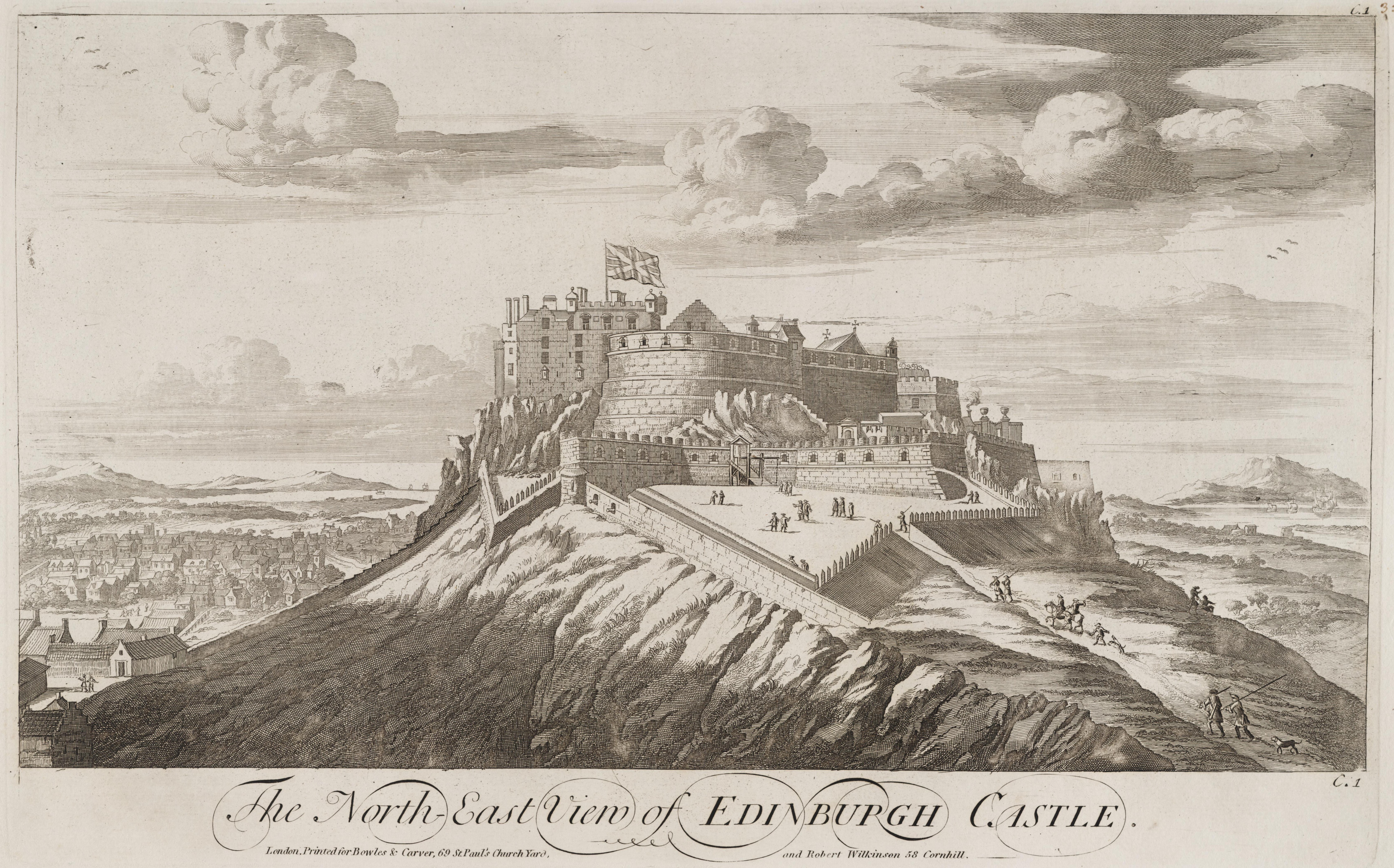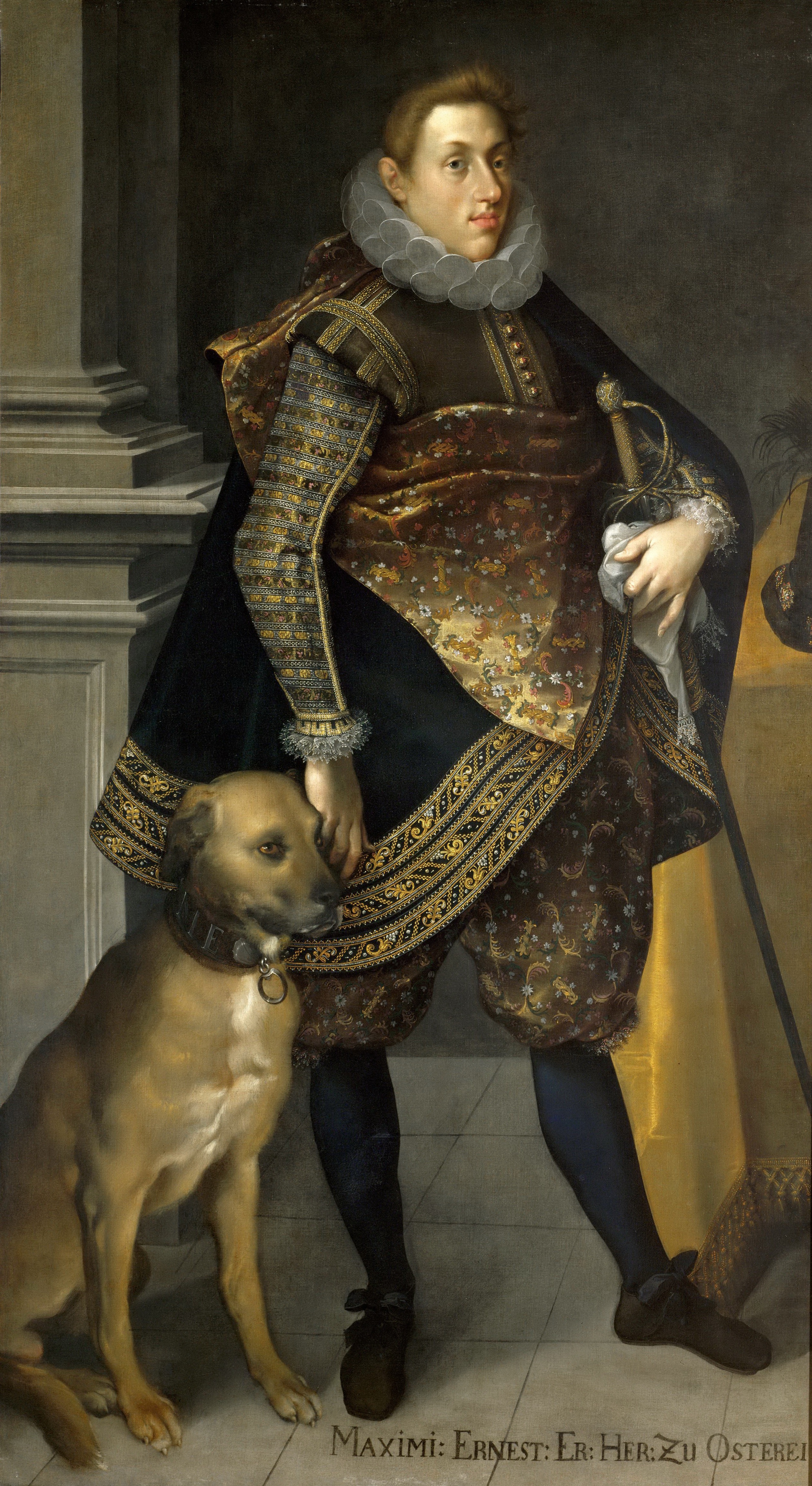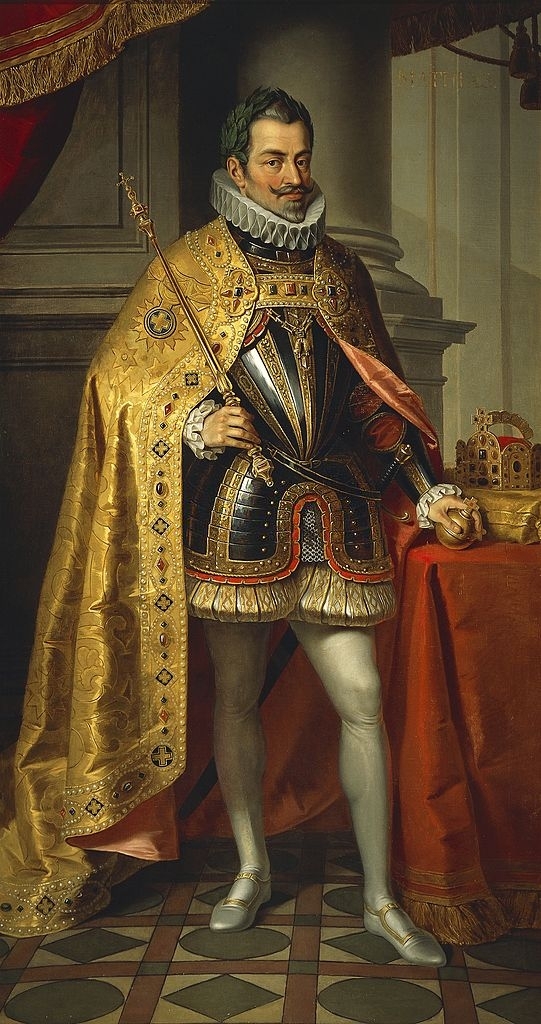|
Stephen Lesieur
Stephen Lesieur or Le Sieur ( fl. 1575 –1640) was a Swiss-born English ambassador to Denmark, Florence, and the Holy Roman Empire. Career Lesieur was born in Geneva, came to England in 1575, and was first employed as a servant of Sir Philip Sidney. In March 1583 an envoy in London collecting money for the church in Geneva, Jean Maillet, met Lesieur and they discussed efforts to raise a ransom for the English diplomat Daniel Rogers, who had been captured by Maarten Schenck van Nydeggen. Lesieur came to Edinburgh as the secretary of Robert Sidney in August 1588 and made the acquaintance of a Flemish mining engineer, Eustachius Roche. The Danish council was angered by a letter from Queen Elizabeth which he brought in October 1599, and they claimed to believe it came from private persons, rather than the queen or her advisors. Lesieur was given a gift of Christian IV's portrait. In 1602 he was appointed as assistant to an embassy sent to Bremen to meet Danish ambassadors incl ... [...More Info...] [...Related Items...] OR: [Wikipedia] [Google] [Baidu] |
Floruit
''Floruit'' (; abbreviated fl. or occasionally flor.; from Latin for "they flourished") denotes a date or period during which a person was known to have been alive or active. In English, the unabbreviated word may also be used as a noun indicating the time when someone flourished. Etymology and use la, flōruit is the third-person singular perfect active indicative of the Latin verb ', ' "to bloom, flower, or flourish", from the noun ', ', "flower". Broadly, the term is employed in reference to the peak of activity for a person or movement. More specifically, it often is used in genealogy and historical writing when a person's birth or death dates are unknown, but some other evidence exists that indicates when they were alive. For example, if there are wills attested by John Jones in 1204, and 1229, and a record of his marriage in 1197, a record concerning him might be written as "John Jones (fl. 1197–1229)". The term is often used in art history when dating the career ... [...More Info...] [...Related Items...] OR: [Wikipedia] [Google] [Baidu] |
Anthony Standen (spy)
Sir Anthony or Antony Standen (b. c. 1548 – d. ?) English spy or intelligencer. Career Standen was a "goodly tall fair man with flaxen hair and beard". According to his own accounts, in 1565 Standen came to Scotland at the instance of Margaret Douglas Countess of Lennox and was appointed an equerry of the royal stable, or Master of the Horse, to Mary Queen of Scots and Lord Darnley. His younger brother, also called Anthony was made the cupbearer at the queen's table. Both Standen brothers received a fee as members of the Scottish court in 1566. The Standen brothers did not have permission to travel and were regarded with disdain by English diplomats. Mary gave Standen, "escuyer de l'ecuyie du Roy", squire of the king's equerry, a mattress and bedding from her wardrobe in July 1565. In October 1565 the English sailor Anthony Jenkinson was sent in the '' Ayde'' to Scotland during the political crisis of the Chaseabout Raid. He sailed into the Firth of Forth on 25 September 1565 ... [...More Info...] [...Related Items...] OR: [Wikipedia] [Google] [Baidu] |
Archduke Maximilian Ernest Of Austria
Maximilian Ernest of Austria (17 November 1583 – 18 February 1616), was an Austrian prince member of the House of Habsburg and by birth Archduke of Austria. He was the son of Archduke Charles II of Austria, in turn, the son of Emperor Ferdinand I, and Maria Anna of Bavaria. His elder brother Archduke Ferdinand, succeeded as Holy Roman Emperor in 1619. Life Born in Graz, little is known about his first years of life. His first notable presence was in 1592, when Maximilian Ernest and his mother accompanied his older sister Anna to marry King Sigismund III of Poland. Together with his brother Ferdinand and his cousins Maximilian III and Matthias, Maximilian Ernest signed a document dated 25 April 1606 in Vienna, under which his cousin, Emperor Rudolf II, was declared incapable of governing because of his mental illness and Matthias could assume the headship of the Habsburg territories as regent. His cousin Maximilian III, called the German Grand Master (''der Deutschmeist ... [...More Info...] [...Related Items...] OR: [Wikipedia] [Google] [Baidu] |
Matthias, Holy Roman Emperor
Matthias (24 February 1557 – 20 March 1619) was Holy Roman Emperor from 1612 to 1619, Archduke of Austria from 1608 to 1619, King of Hungary and Croatia from 1608 to 1618, and King of Bohemia from 1611 to 1617. His personal motto was ''Concordia lumine maior'' ("Unity is stronger than light"). Matthias played a significant role in the familial opposition of the Habsburgs against his brother Emperor Rudolf II. After gaining power, he showed little political initiative of his own. The course of his politics was determined by Cardinal Klesl until his fall in 1618. As a consequence of his failed religious and administrative policies the Bohemian Revolt, the initial theatre of the Thirty Years War set off during the final year of his reign. Biography Family Matthias was born in the Austrian capital of Vienna as the fourth son of Maximilian II, Holy Roman Emperor, and Maria of Spain. His brothers were Rudolf (who became Emperor Rudolf II), Ernest, Maximilian (from 1585 Grand Mast ... [...More Info...] [...Related Items...] OR: [Wikipedia] [Google] [Baidu] |
John Throckmorton (died 1624)
Sir John Throckmorton (d. 1624) was an English soldier, Lieutenant-Governor of Flushing or Vlissingen and the Rammekens fortress. He was a son of John Throckmorton, and grandson of Sir Richard Throckmorton of Higham Ferrers. Career He was deputy Governor of Flushing, now Vlissingen, one of the Cautionary Towns, for Robert Sidney, 1st Earl of Leicester, Viscount Lisle. The seaways around Vlissingen remained Dutch territorial waters during the English occupation. He was knighted by the king at Whitehall on February 16, 1606. He wrote many letters to Lisle describing the business of the garrison and political news which he discussed with travelling diplomats including Robert Anstruther (diplomat), Robert Anstruther and Stephen Lesieur. He joked with Lisle that providing a dowry for his daughter Philippa Sidney on her marriage to Sir John Hobart, 2nd Baronet, Sir John Hobart would leave him out of pocket. Throckmorton reported the arrival of the Venetian ambassador Antonio Foscarini at ... [...More Info...] [...Related Items...] OR: [Wikipedia] [Google] [Baidu] |
Vlissengen
Vlissingen (; zea, label=Zeelandic, Vlissienge), historically known in English as Flushing, is a Municipalities of the Netherlands, municipality and a city in the southwestern Netherlands on the former island of Walcheren. With its strategic location between the Scheldt river and the North Sea, Vlissingen has been an important harbour for centuries. It was granted City rights in the Netherlands, city rights in 1315. In the 17th century Vlissingen was a main harbour for ships of the Dutch East India Company (VOC). It is also known as the birthplace of Admiral Michiel de Ruyter. Vlissingen is mainly noted for the yards on the Scheldt where most of the ships of the Royal Netherlands Navy (''Koninklijke Marine'') are built. Geography The municipality of Vlissingen consists of the following places: * City: Vlissingen * Villages: Oost-Souburg, Ritthem, and West-Souburg * Hamlet: Groot-Abeele History The fishermen's hamlet that came into existence at the estuary of the Schelde a ... [...More Info...] [...Related Items...] OR: [Wikipedia] [Google] [Baidu] |


